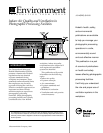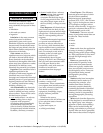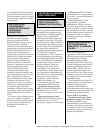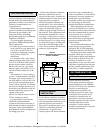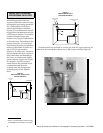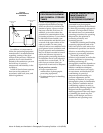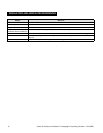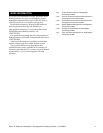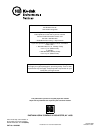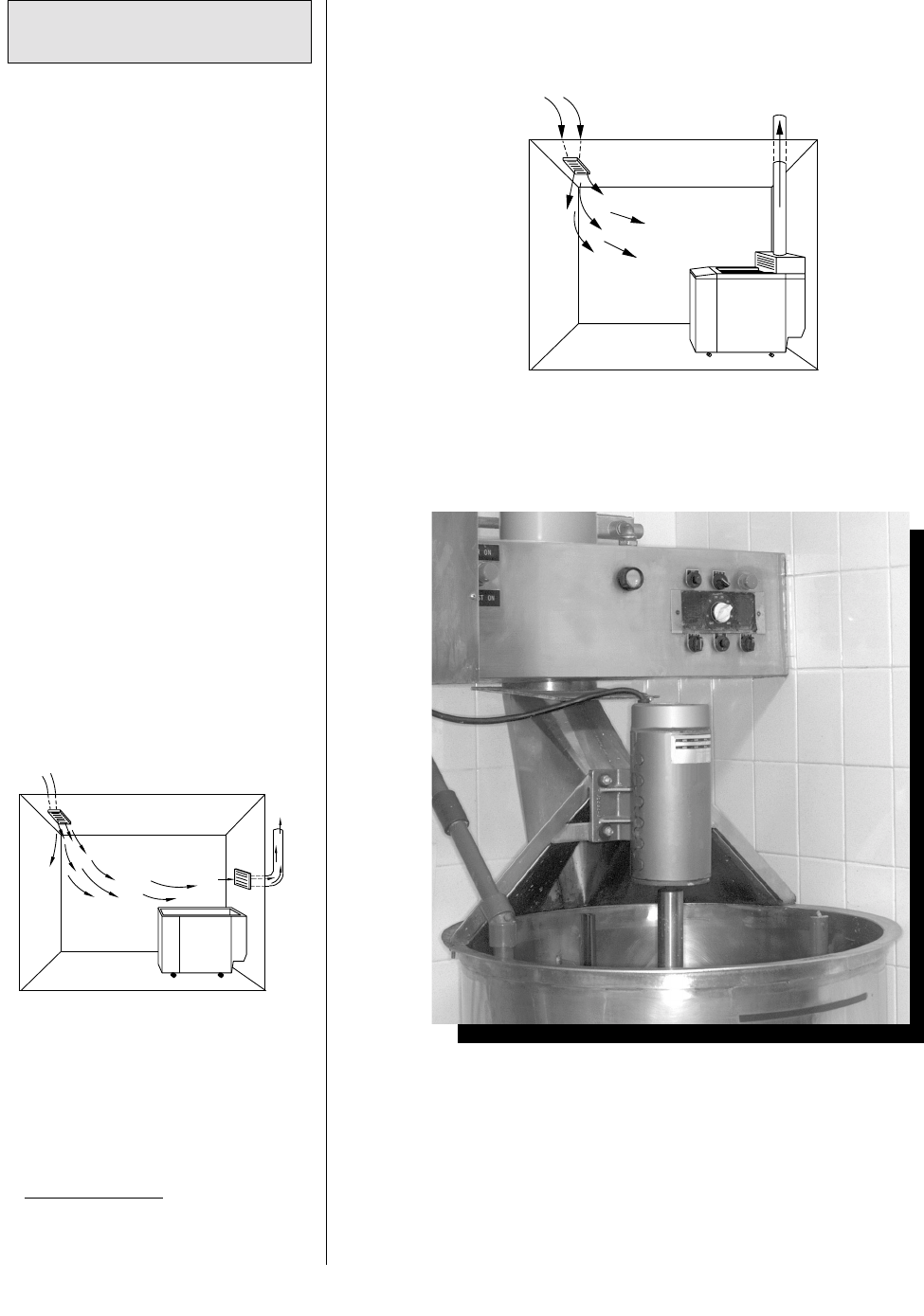
Indoor Air Quality and Ventilation in Photographic Processing Facilities • J-314(ENG)8
Figure 4
Open-machine with a
slot hood ventilation
If solution tanks are enclosed or covered, the fresh air supply rate may be
reduced to 90 cfm and the exhaust rate to 100 cfm per machine (Figure 5).
S
upply Fresh Air
150 cfm
Exhaust to Outdoors
170 cfm
The most effective controls for
minimizing potential airborne
exposures and odors related to large
photographic processing operations
are a combination of both local
exhaust and dilution ventilation
(Figure 3). Fresh dilution air
1
should
be supplied to the darkroom at a rate
of 150 cfm per machine. If a machine
extends through a barrier into
another room, supply fresh dilution
air to both rooms. Depending on the
process chemistry, you may need
local exhaust at uncovered stabilizer
tanks or at the bleach fix tanks at a
rate of 170 cfm per machine
(Figure 4). In many cases, exhaust is
also provided at the dryer section to
help control heat and humidity in
the room. An exhaust rate slightly
greater than the supply rate results
in a negative room air pressure
which reduces the potential for air
contaminants and odors for
escaping from the photographic
processing area to any adjacent
areas.
Figure 3
Open-machine, general room
exhaust ventilation
LARGE PHOTOGRAPHIC
PROCESSING FACILITIES
1. Means “uncontaminated air” which includes
the ASHRAE recommendation of 0.5 cfm/ft
2
.
Supply Fresh Air
150 cfm
Exhaust to Outdoors
170 cfm



